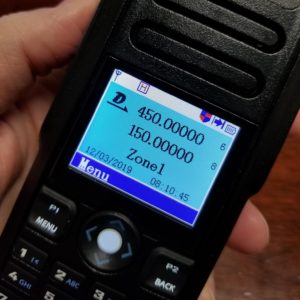 With the recent uncertainty surrounding the FCC and import radios, TYT has made a decision to ship all of their radios locked down to the 150-160 MHz VHF and 450-460 MHz UHF ranges.
With the recent uncertainty surrounding the FCC and import radios, TYT has made a decision to ship all of their radios locked down to the 150-160 MHz VHF and 450-460 MHz UHF ranges.
They actually made these changes a few months ago, and at first "unlocking" the radios to allow use outside of these limited ranges required special unlock software. With the most recent firmware release, however, TYT has made the unlock process much more simple. All of their models can now be unlocked by holding down a key combination while powering on the radios. In this article, we'll show how to unlock the TYT MD-9600 mobile radio, and the MD-380, MD-390, MD-UV380 and MD-2017 handheld radios.
Is your radio locked?
Radios that are locked will display frequencies outside of the 150-160 MHz and 450-460 MHz range as 150.000 or 450.000 when the radio is in frequency mode. For example, if the channel on a locked radio is programmed for 147.300, the display will show 150.000. Once unlocked, the radio will show the correct frequency. A locked radio that has been programmed to frequencies outside of the locked range does not need to be reprogrammed. After being unlocked, the radio will work properly.
A radio will always remember that it has been unlocked, even if the battery or power supply is removed.
Unlocking the TYT MD-9600
The TYT MD-9600 must be running firmware version 6.09 or higher to unlock using these steps. Prior versions will need special unlock software.
- Power the radio on.
- Remove all power to the radio. Note, you must remove vehicle or power supply power - you can't just turn off the radio with the power button.
- Hold down the P1 and P2 buttons on the front of the radio.
- Power up the radio while holding these buttons until the power on tone sounds.
- No notification/confirmation is provided, but the radio is now unlocked.
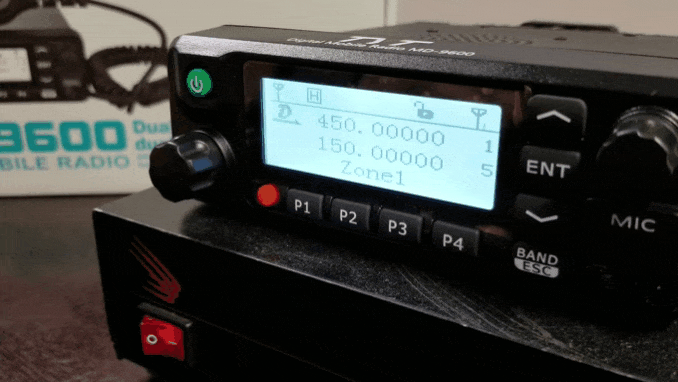
Unlocking the TYT MD-2017
The TYT MD-2017 must be running firmware version 4.06 or higher to unlock using these steps. Prior versions will need special unlock software.
- Turn the radio OFF.
- On the side of the radio, hold down the top (blue) button and the UP arrow key.
- Turn the radio ON while holding down these buttons.
- No notification/confirmation is provided, but the radio is now unlocked.
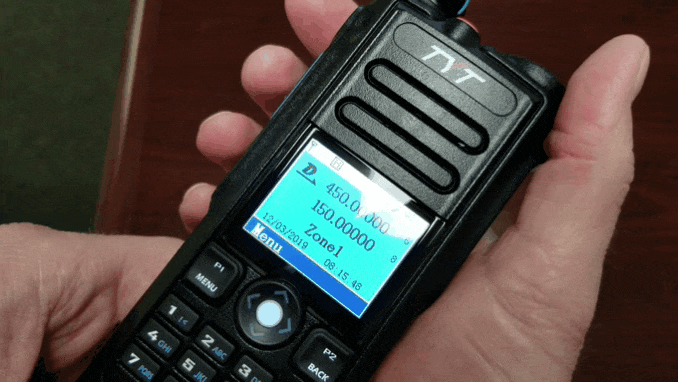
Unlocking the TYT MD-380, MD-390, and MD-UV380
The TYT MD-380 or MD-390 must be running firmware version 14.07 or higher to unlock using these steps. The MD-UV380 requires version 18.03 or higher. Prior versions will need special unlock software.
- Turn the radio OFF.
- Hold down side buttons 1 and 2.
- Turn the radio ON while holding down these buttons.
- No notification/confirmation is provided, but the radio is now unlocked.
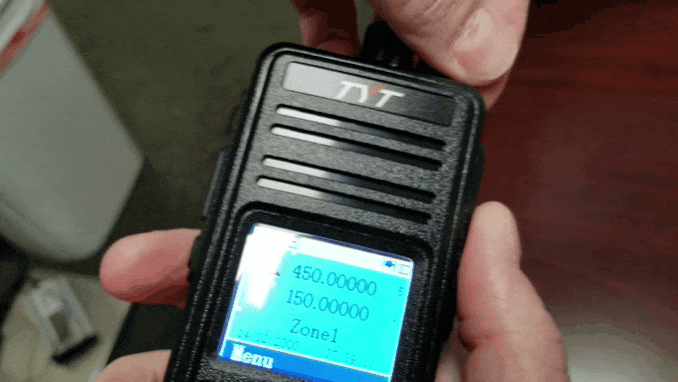
Why did TYT do this?
Great question, and one that we can't get a clear answer to. Based on our understanding of the FCC rules, TYT should be able to ship the radios as long as their supported range is within what is allowed on the grant from the FCC. For the MD-2017, for example, the grant shows 136-174 MHz and 406.1-480 MHz. I can only assume that this has been done out of an overabundance of caution. It would be understandable if they were unsure about how the FCC will be enforcing the rules, and don't want to take any risks at all. In the meantime, unfortunately, customers are confused and left with products that look to be defective, although they are actually operating as designed.






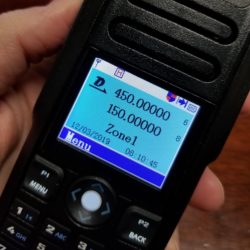
 With the recent
With the recent 



